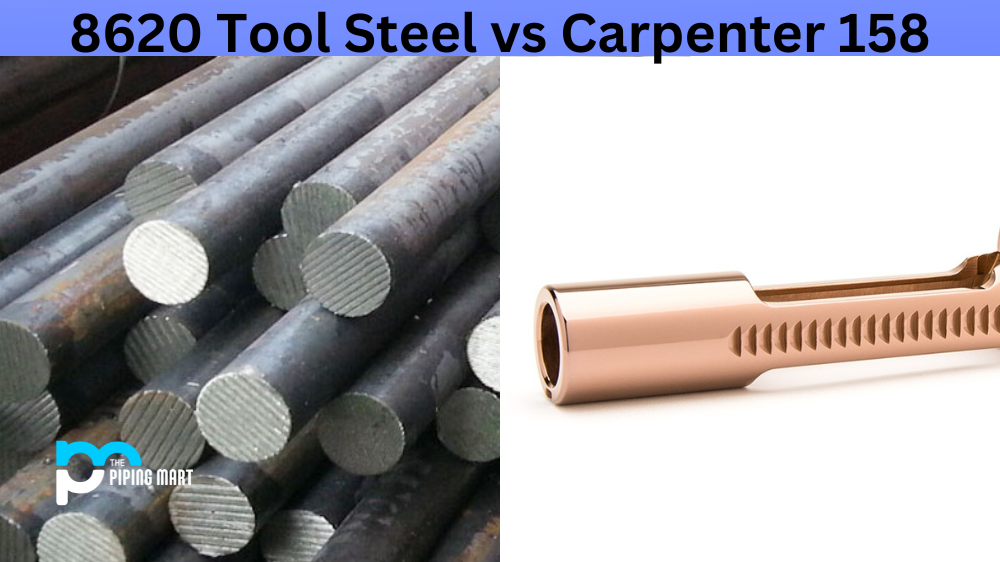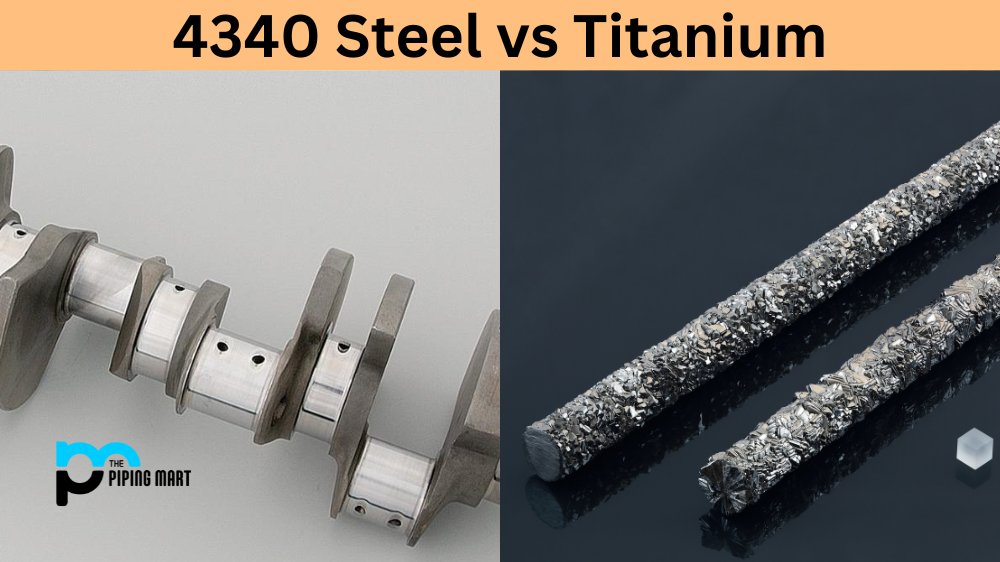Choosing the right steel tool can make all the difference in the performance and longevity of your tools. Two popular options are 8620 tool steel and Carpenter 158, which have unique properties and benefits. In this blog post, we’ll compare these two types of steel and explore the advantages and disadvantages of each to help you make an informed decision when selecting the right tool steel for your needs.
What is 8620 Tool Steel?
First up, let’s take a closer look at 8620 tool steel. This alloy steel is commonly used for various applications, including gears, axles, and shafts. It is known for its toughness, which makes it great for impact-resistant parts that can withstand heavy wear. It is also resistant to fatigue and is capable of withstanding high-stress applications. 8620 tool steel is also easy to machine, making it a popular choice in manufacturing. However, it has a lower hardenability than other tool steels, so it may not hold up well in high-wear applications.
What is Carpenter 158?
On the other hand, Carpenter 158 is a high-strength, high-carbon tool steel that is known for its durability and toughness. It is commonly used for firearms components like barrels and bolts and other high-stress applications that require superior strength. Carpenter 158 has excellent shock resistance and is highly resistant to wear and abrasion. It is also easily machinable, which makes it a popular choice for many manufacturing applications. However, it can be quite expensive compared to other tool steels, which may limit its use in some applications.
Difference Between 8620 Tool Steel and Carpenter 158
One of the key differences between 8620 tool steel and Carpenter 158 is their chemical composition. 8620 tool steel contains nickel, chromium, and molybdenum, giving it unique properties. Carpenter 158, on the other hand, contains a high percentage of carbon, which makes it incredibly hard and strong. Additionally, Carpenter 158 has a higher tensile strength and yield strength than 8620 tool steel, which means it can handle heavier loads and higher stress.
Another important factor to consider when comparing these two tool steels is their heat treatment. 8620 tool steel can be heat treated to achieve a range of hardness levels, depending on the application. Carpenter 158, however, is typically annealed, which means it is heated and then slowly cooled to soften the metal and improve its machinability. This makes it easier to work with but may be less suitable in high-wear applications requiring harder steel.
Composition
The main difference between 8620 tool steel and Carpenter 158 is their composition. 8620 tool steel contains less carbon than Carpenter 158, which gives it better machinability but lower hardness. Carpenter 158 contains more carbon than 8620 tool steel, which gives it better hardness but lower machinability.
Uses
8620 tool steel is typically used for making gears, shafts, and other parts that need to withstand high levels of wear and tear. Carpenter 158 is typically used for making knives, saw blades, and other cutting tools that need to withstand high levels of wear and tear.
Conclusion
Choosing between 8620 tool steel and Carpenter 158 requires careful consideration of their respective properties, advantages, and disadvantages. While both sheets of steel offer superior strength and durability, 8620 tool steel is better suited for impact-resistant parts and easy machining. At the same time, Carpenter 158 is ideal for high-stress applications that require excellent toughness and resistance to wear. Ultimately, the right choice will depend on your specific needs and requirements, so be sure to research and consult with experts in the field to make an informed decision.

Meet Bhavesh, a seasoned blogger with a wealth of knowledge and experience. From metal products manufacturing to retail, Bhavesh has a diverse background in various industries and is dedicated to sharing his insights and expertise with readers.




